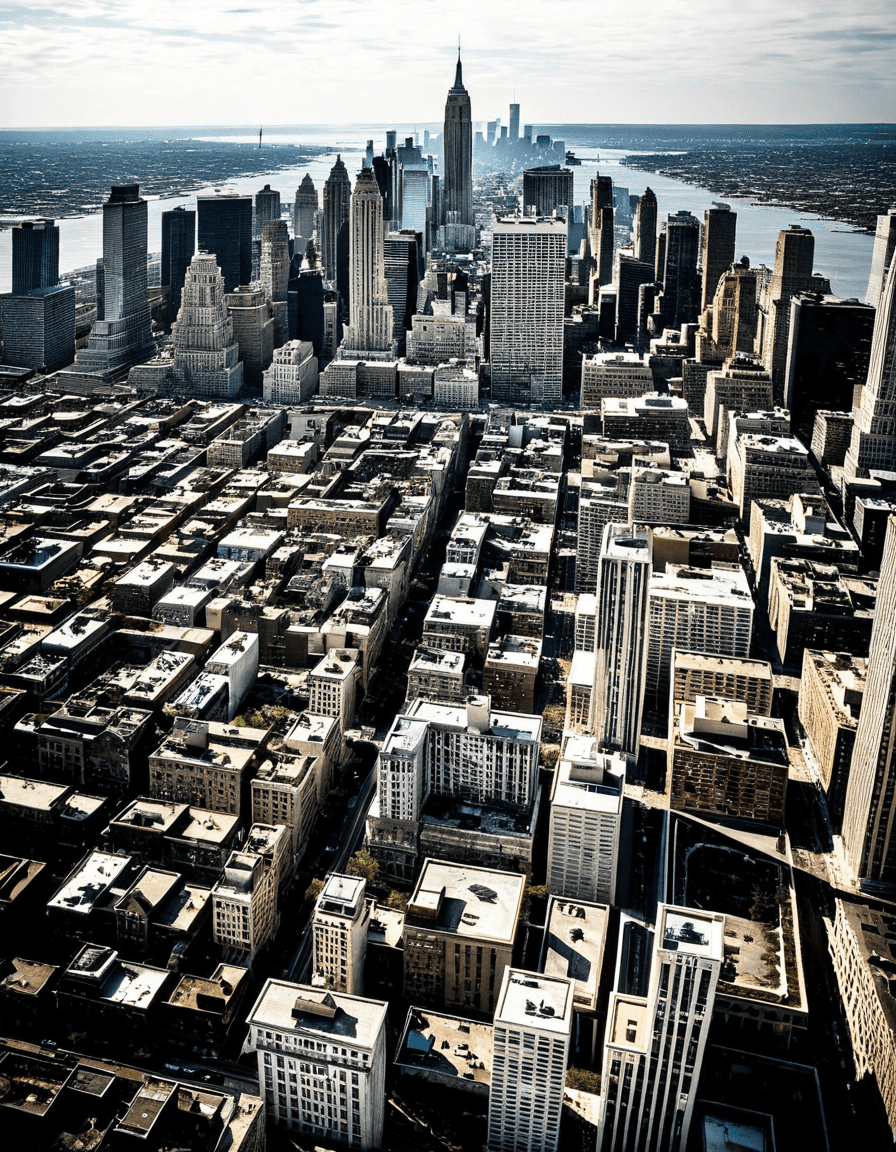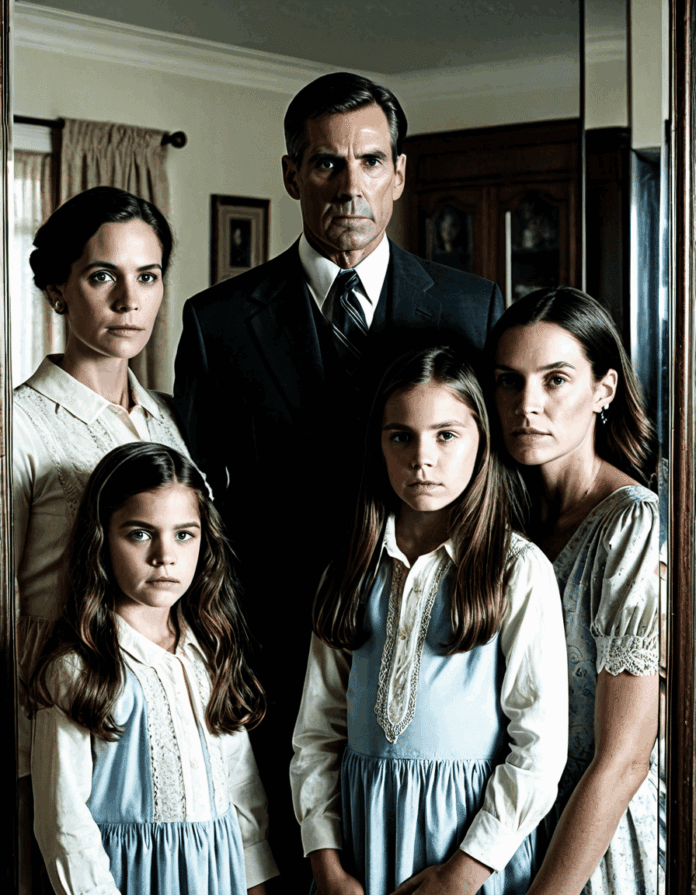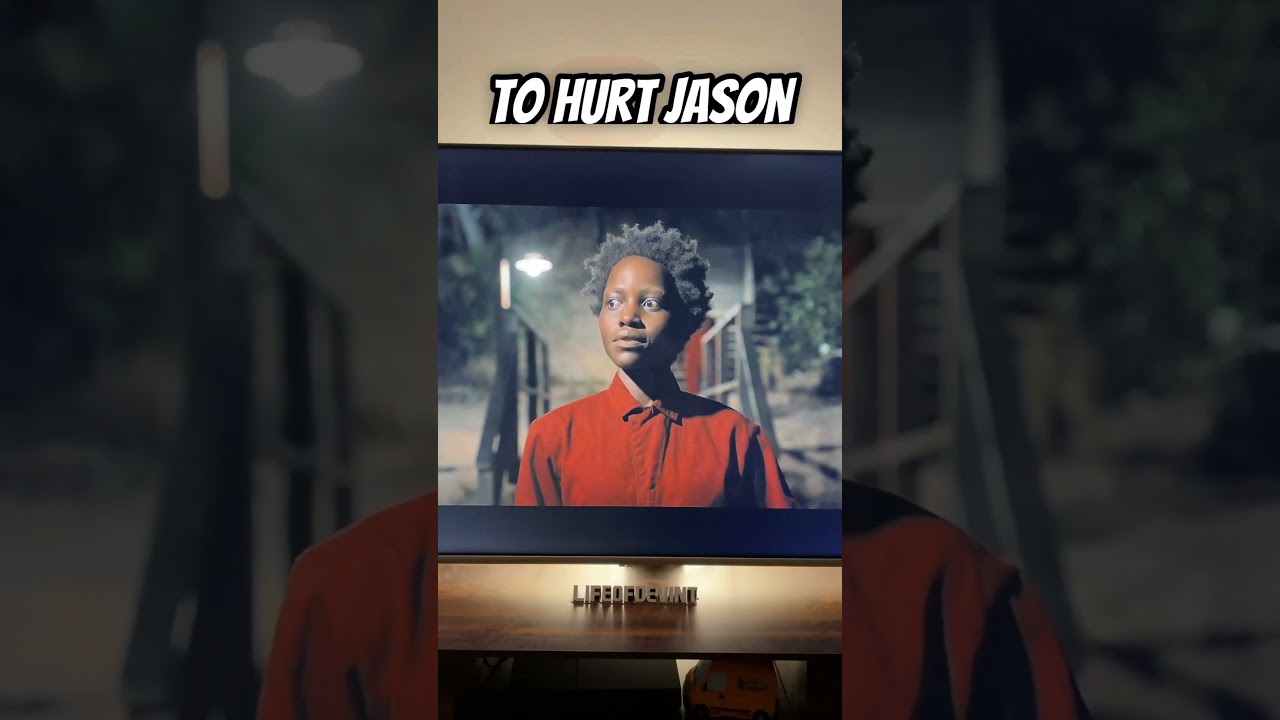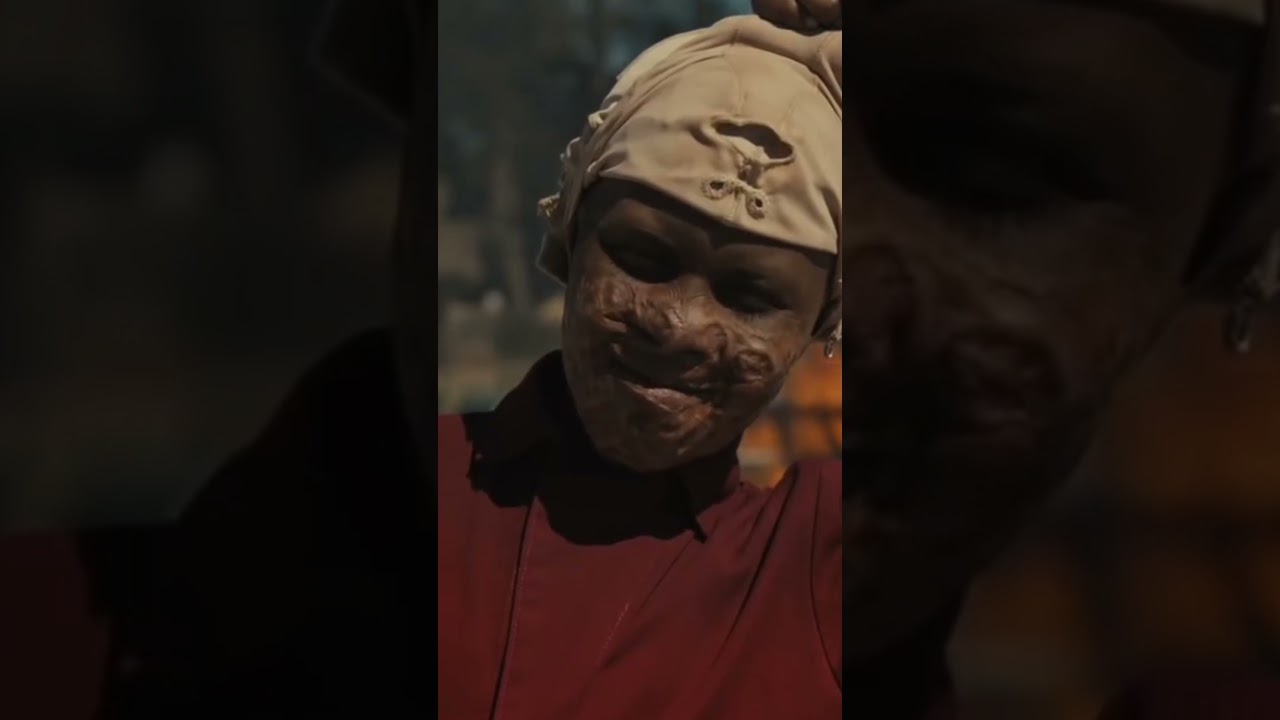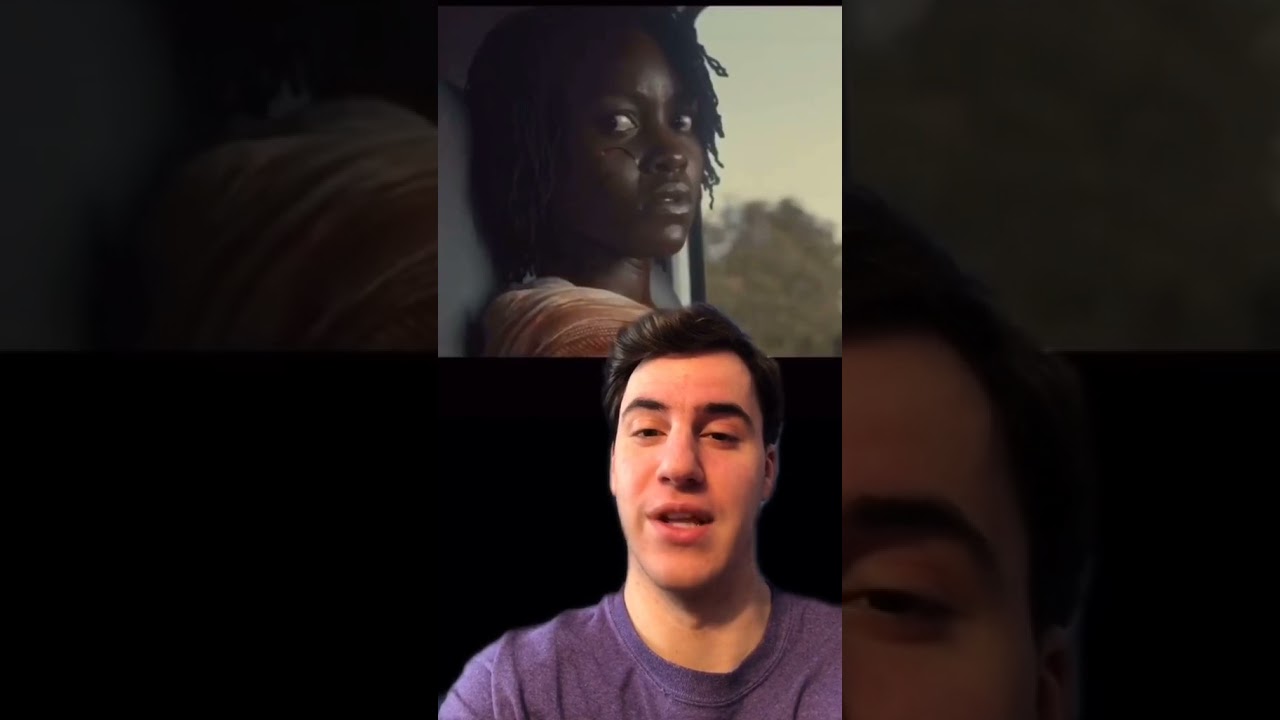The film “Us,” directed by Jordan Peele, serves as a profound commentary on the complexities of American society, weaving themes of privilege and duality into a horror narrative that has captivated audiences since its release. By tackling the intricate layers of identity and societal structures, “Us” challenges viewers to confront uncomfortable truths about the American experience. With its chilling portrayal of doppelgängers and the high-stakes ambition of crime dramas, “Us” opens a window for critical reflection on American privilege. This article explores seven critical themes that exemplify how Us mirrors contemporary society, paralleling these themes with other influential films such as Heat to illustrate the pervasive nature of privilege and duality in America’s cultural fabric.
1. The Distinction Between Self and Other
One of the most poignant aspects of the Us movie is its exploration of the self versus the other. The doppelgängers in Us represent not just an external threat but also the internalized fears and neglected aspects of American identity. In a way, they’re like reflections we sometimes wish we could ignore. Similar to Michael Mann’s Heat, where characters like Neil McCauley and Vincent Hanna embody contrasting representations of determination and obsession, Us encourages a reflection on how individuals perceive themselves in light of societal expectations. Through the character of Adelaide, we witness a grappling with the self—a theme that resonates deeply in the context of privilege and the multiple identities individuals navigate in America today.
The isolation created by privilege sets a tense backdrop as Adelaide confronts her doppelgänger, Red. This confrontation isn’t only physical; it’s deeply psychological, urging the audience to consider how societal pressures shape self-identification—and how hiding from one’s true self can lead to a distorted reality. Peele’s film dives deeper by presenting the notion that our struggles are often tied to the systems we inhabit. Just as the characters in Heat struggle between their motivations and the moral implications of their actions, so too do Adelaide and Red confront their pasts in a world that often enforces division by wealth and status.
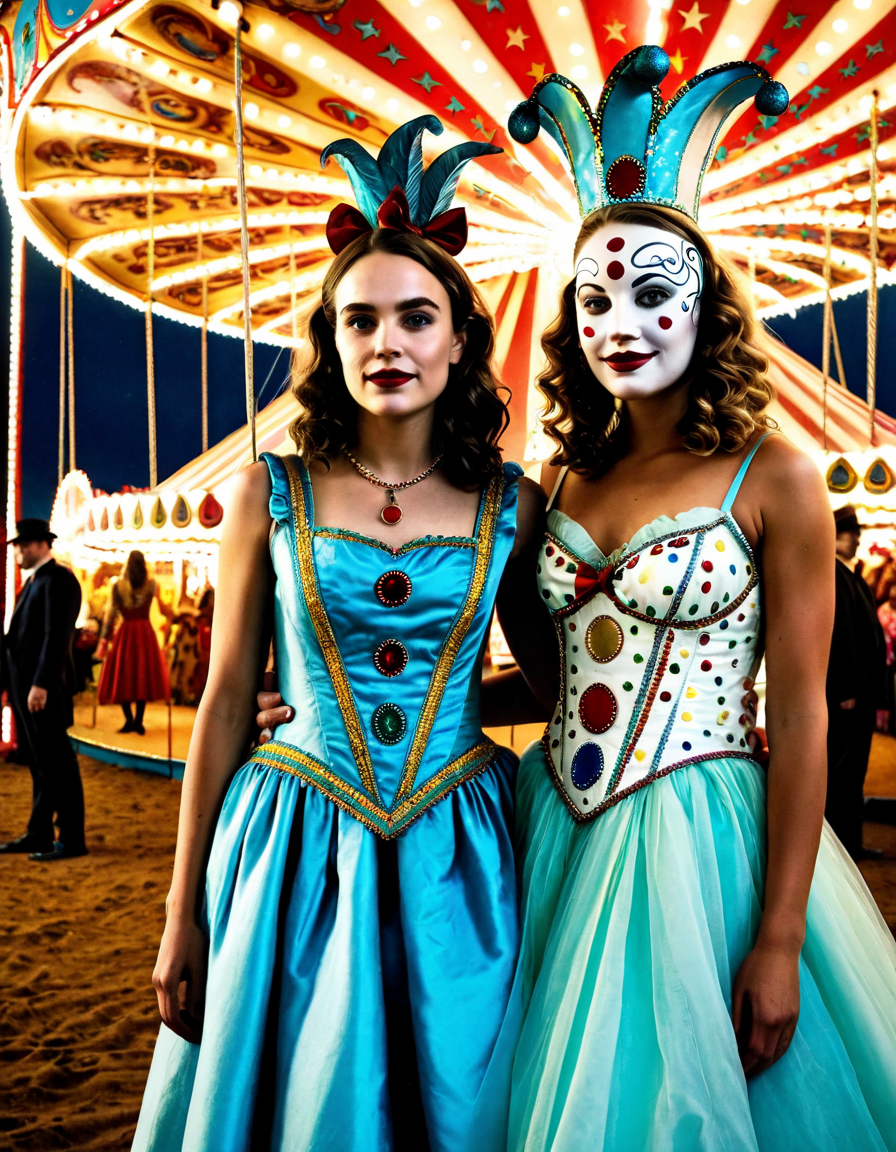
2. The Isolation of Wealth
Us famously draws attention to the invisible barriers that keep wealth and poverty distinctly segregated, depicting the stark differences between the lives of the Wilson family and their tethered counterparts. The film suggests that those who possess wealth often find themselves isolated from the struggles of their less fortunate counterparts. You can feel the tension between the privileged Wilsons and the oppressed Tethered, drawing a clear line between experiences. Similarly, Heat presents a nuanced view of wealth through the lens of crime and ambition, showcasing how characters become entangled in their pursuits, often overlooking the implications of their actions on the socio-economic fabric of society.
The film’s imagery of the affluent beachfront home contrasts sharply with the dark, claustrophobic underground world of the Tethered, emphasizing how privilege can create a veil of ignorance. This connection between the distant lives of the wealthy and the desperate plight of the oppressed hammers home Peele’s point about American privilege. Likewise, Heat underscores this divide through the characters’ choices, as they chase financial stability at the cost of their moral integrity—another reminder of how financial isolation shapes life perspectives.
3. The Concept of the American Dream
The American Dream is presented in Us as a double-edged sword. While the Wilsons embody the successful pursuit of this dream, their doppelgängers jarringly reflect the disillusionment that often accompanies such aspirations. The Tethered’s existence challenges the notion that the American Dream is accessible to all, driving home a painfully relevant critique of societal inequities. This theme resonates with Heat, where the chase for financial gain leads to emotional and moral bankruptcy, highlighting the underbelly of the American Dream.
Peele poignantly illustrates this disillusionment by showcasing the Wilsons initially enjoying their prosperity while the Tethered are left to face the ramifications of a system that favors the elite. The contrast between the Wilsons’ comfortable existence and the grim lives of the Tethered illustrates the personal costs of striving for success in an inequitable society. Many viewers may see themselves reflected in the struggle for a dream shaped by privilege, prompting a critical evaluation of their aspirations against the societal backdrop of inequality.

4. The Struggle for Identity
Identity plays an essential role in both Us and Heat. In Us, the struggle for individual identity becomes palpable as the characters confront their counterparts, who symbolize repressed emotions and desires. This element of identity is something we all can relate to. Much like how Vincent Hanna grapples with his moral identity amid his commitments in Heat, the characters in Us wrestle with the implications of their own choices. The ongoing battle between their inner selves is a reflection of how external forces shape who we become.
Peele’s film delves into the layered experiences of privilege as exhibited through the characters’ interactions, making viewers question how much of their identity is shaped by societal expectations versus personal history. Adelaide’s initial comfort quickly shatters, as the façade of her life crumbles in front of her Tethered twin. This creates an invitation for audiences to assess their dichotomies and the roles they play within their spheres, similar to how the criminals in Heat must face the consequences of their actions against the expectations of society.
5. Violence as a Reflection of Society
Both films employ violence as a vehicle for exploring societal issues. In Us, violent confrontations symbolize deeper societal rifts and the pain of marginalization. The Tethered’s uprising against their privileged counterparts reveals the frustration brewing within marginalized communities. Just look at the visceral nature of violence depicted when Adelaide takes her place among the Tethered. It’s a raw critique of how societal structures lead to desperation, reflecting a reality many face.
Heat also taps into violence, showcasing the brutality of ambition. Here, the desperation forces characters to make moral compromises that propel them into acts of violence, showing that even in pursuit of success, one can become a casualty of their ambitions. The parallels between the two films reveal how violence is woven into the American experience, forming a painful tapestry that reveals the trauma embedded within society. Acknowledging these uncomfortable realities through film allows for broader conversations on the deep-seated issues that continue to plague our communities.
6. The Role of Family As a Microcosm
Us cleverly uses family dynamics to illustrate broader societal issues. The Wilsons’ interactions reveal the cracks in their seemingly idyllic life. The film does more than scare; it holds up a mirror to families, highlighting how privilege can distort relationships. This examination of family dynamics serves as a microcosm for America’s dual realities. Similarly, in Heat, the personal relationships of characters like McCauley reveal a tension between loyalty and betrayal. Family functions as both a source of support and vulnerability, making this theme incredibly relatable.
Family units become battlegrounds for understanding privilege and identity within a fractured society. The Wilsons must confront not only their external foes but also the shadows within. It shows how familial bonds can be tested by external pressures, a sentiment echoed by McCauley’s relationships. This dynamic illustrates how family serves as a crucible for navigating life’s complexities—the joys, the struggles, and the brutal reality of existence. Peele and Mann demonstrate through their respective plots that family can be both a fortress and a prison, depending on the battles faced.
7. The Questioning of Reality
Finally, Us invites viewers to question the nature of reality itself—what is real and what is constructed by societal narratives? The film is laden with layers, encouraging audiences to peel back the facade of privilege and examine what lies beneath. As Adelaide confronts her past, the audience is thrown into a whirlwind of questioning their own realities. This theme resonates with Heat, where characters occupy moral gray areas, particularly in their dealings with one another and society as a whole.
In Us, the duality of existence echoes the experience of many Americans today, prompting viewers to reflect on the realities they accept and the social constructs that shape their perceptions. The unsettling interlude between the Wilsons and their Tethered counterparts forces a moment of reflection that’s challenging and necessary. Peele’s nagging question of what constitutes reality speaks to our contemporary dilemmas, encouraging ongoing conversations about privilege and identity in today’s complex societal landscape.
In examining the interwoven themes of Us, it’s clear that the film not only reflects the complexities of American privilege and duality but also urges a deeper understanding of the societal structures that shape our experiences. The chilling portrayal of doppelgängers alongside the high-stakes ambition of crime dramas remains ever relevant. As we continue to wrestle with these themes in today’s rapidly changing landscape, the insights gleaned from Us and its cinematic counterparts, such as Heat, serve as critical reminders of the dualities we all face. Whether it’s confronting our privileges, grappling with our identities, or questioning the nature of our realities, Us remains a compelling catalyst for conversation—inviting us to confront our truths in an ongoing quest for connection and understanding.
Us Movie: A Dive into Duality and American Privilege
Behind the Lens
The us movie brings forth a raw exploration of privilege and duality, elements that are more than just plot devices—they’re part of our everyday conversations. Interestingly, director Jordan Peele, known for his knack for blending horror with social commentary, has a talent for keeping audiences on their toes. Speaking of unique film experiences, you might recall the buzz around The menu movie. It, too, serves a dish filled with societal critiques, albeit with a different flavor. Both flicks push viewers to reflect on dynamics layered within the American psyche.
Cast and Characters
The us movie features an ensemble that includes Lupita Nyong’o, whose powerful performance has drawn parallels with iconic stars. This makes one think about how actors like Taraji P. Henson have carved their niche in Hollywood. If you’re curious about her work, check out a list of Taraji P Henson Movies. Meanwhile, the movie’s premise—two families that look alike but live vastly different lives—certainly keeps you guessing. You’ll find that this exemplifies how people often wear different masks depending on their social status, a notion brilliantly mirrored in the Elvis movie, where identity also takes center stage.
Cultural Commentary
From intricate storylines to thoughtful character arcs, there’s more to the us movie than meets the eye. Fans of action-packed narratives might want to check out the Henry Danger movie, which takes a lighter approach but still entertains critical themes of power dynamics. Furthermore, this duality isn’t new—take the quest for self in the journey of figures like Jared isaacman who, while pioneering commercial space travel, illustrates the profound gap between the lives of everyday people and those privileged with extraordinary opportunities. On a lighter note, think of the whimsical trends like pink Tasman uggs, which show how fashion can be both a privilege and a statement.
In the us movie, the plot unravels the layers of American privilege while challenging the audience to look in the mirror—not just literally but figuratively. It forces questions about self-identity and societal roles. As viewers connect with the characters’ plight, they’re reminded of the more serious realities of life, and how those often overlooked elements can parallel even the most entertaining narratives, including stories about thick ebony relationships that defy stereotypes. So, the next time you dive into such narratives, keep an eye on the deeper messages hidden beneath the surface.
